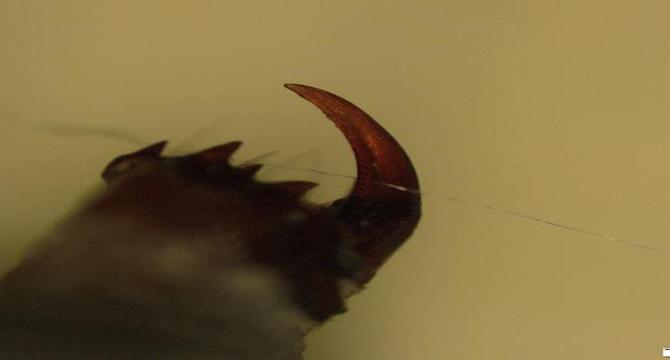Physicsworld
4w
150

Image Credit: Physicsworld
Spiders use physics, not chemistry, to cut silk in their webs
- Researchers at the University of Trento in Italy have found that spiders use mechanical means, their fangs, to cut silk instead of chemical means, enzymes. When the two spider species were tested against silk and a synthetic carbon-fibre material, Kevlar, it was revealed that spiders found Kevlar fibres more difficult to cut and needed more effort. The serrated fangs of spiders minimize the force required to cut a material at the point of contact, increasing efficiency of cutting. The researchers believe that their findings can inspire more efficient and performing cutting tools for high-tech applications, such as for cutting wood, metal, stone, food, or hair.
- Spider silk is among the toughest of all biological materials, and scientists have long been puzzled by how spiders manage to cut it. Do they break it down by chemical means, using enzymes?
- Researchers at the University of Trento in Italy have now come down firmly on the side of fangs, resolving a longstanding debate and perhaps also advancing the development of spider-fang-inspired cutting tools.
- For spiders – especially those that spin webs – the ability to cut silk lines quickly and efficiently is a crucial skill.
- Previously, the main theory of how they do it involved enzymes that they produce in their mouths, and that can break silk down. This mechanism, however, cannot explain how spiders cut silk so quickly.
- Pugno, Greco and colleagues also allowed the spiders to build webs naturally (that is, without any artificial materials present). They then removed some of the silken threads and substituted them with carbon fibre ones so they could study how the spiders cut them.
- Meanwhile, images of the spider fangs themselves revealed micro-structured serrations similar to those found in animals such as crocodiles and sharks.
- The researchers, who report their work in Advanced Science, also conducted analytical and finite-element numerical analyses to back up their observations.
- The researchers note that serration had previously been observed in 48 families of modern spiders (araneomorphs) as well as at least three families of older species (mygalomorphs). They speculate that it may have been important for functions other than cutting silk, such as chewing and mashing prey,
- “By explaining how spiders cut, we reveal a basic engineering principle that could inspire the design of highly efficient, sharper and more performing cutting tools that could be of interest for high-tech applications,” Pugno tells Physics World.
Read Full Article
9 Likes
For uninterrupted reading, download the app